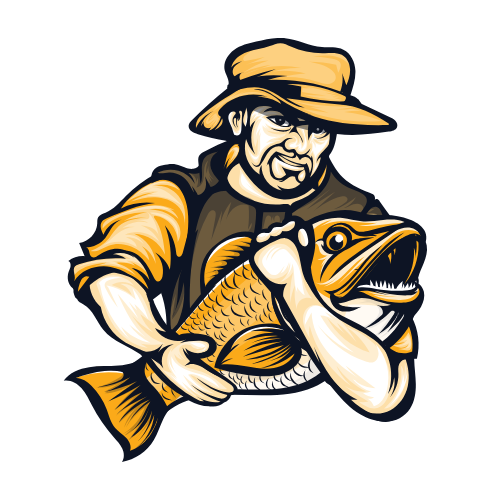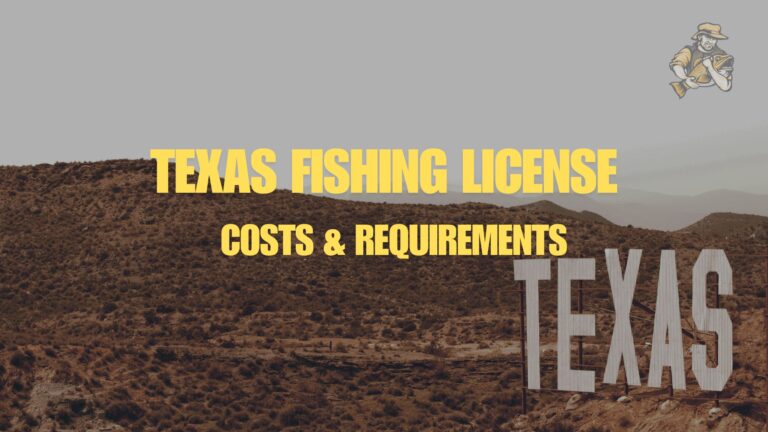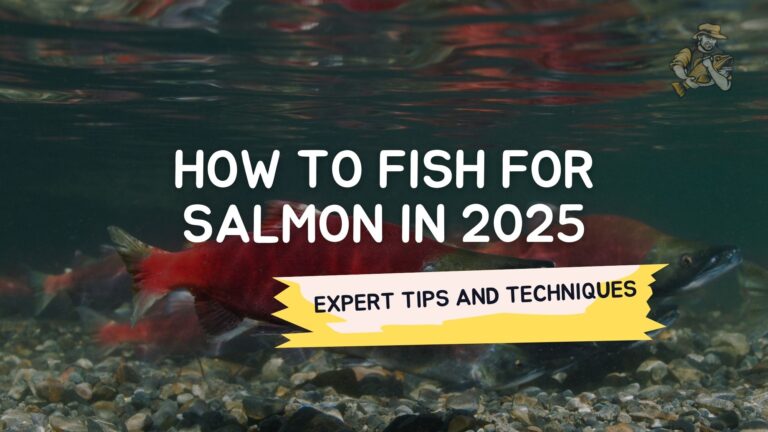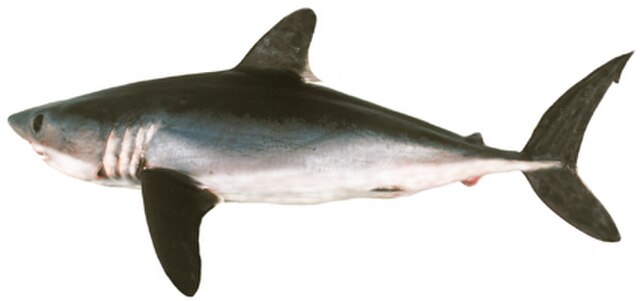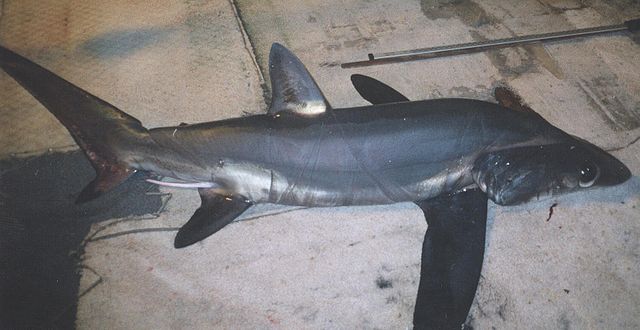Texas Saltwater Fishing: Essential Tips From Adam
By Adam Hawthorne | Last Modified: May 12, 2025
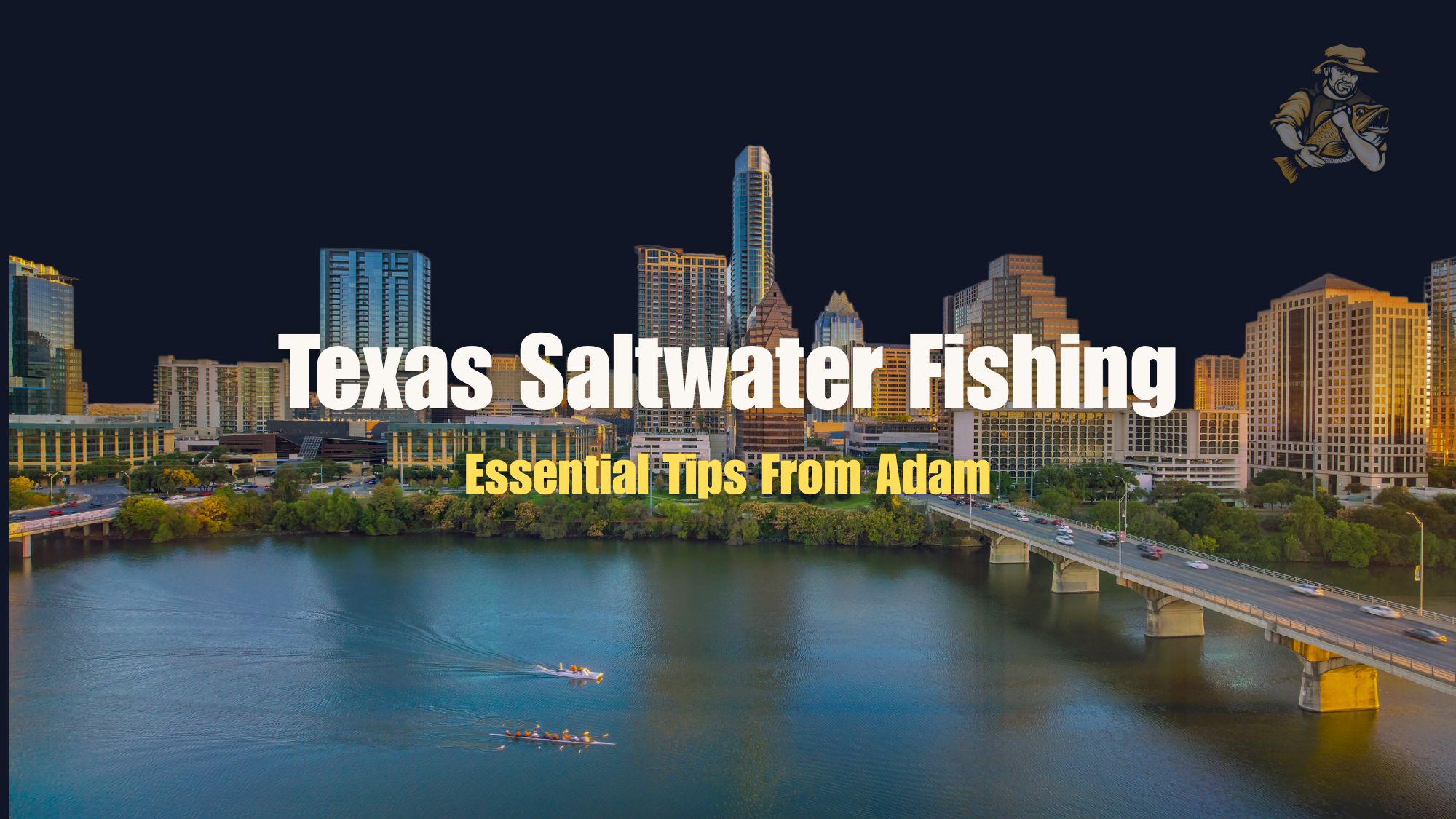
It was June 2010, and man was I cocky heading into that first Texas saltwater trip. Drove down from Michigan in my F-150 with a tackle box full of freshwater lures and this ridiculous idea that “fishing is fishing.” Ha! Stumbled out of bed at 4:37 AM after a restless sleep in a musty Port Aransas motel, forgot my lucky Tigers cap on the nightstand, and proceeded to spend six hours getting absolutely humiliated by redfish that wouldn’t give my carefully selected lures a second glance.
All I caught was a wicked sunburn on the back of my neck (still have the weird tan line) and this overwhelming feeling that I’d just stepped into a completely different world of fishing. Even had a local guide at the dock laugh – not unkindly – at my collection of Michigan-style spinnerbaits. “Those might work for bass up north, but our reds need something different,” he said, handing me a gold spoon that I still keep in my box as a reminder of that day.
Since that ego-crushing experience, I’ve logged somewhere north of 200 days on Texas coastal waters, from the chocolate milk-colored shallows around Sabine Pass to the gin-clear flats of the lower Laguna. Most of what I know came the hard way – trial and error, blown-out fishing days, and yeah, more than a few heated discussions with my credit card company about “necessary” gear purchases my wife didn’t exactly authorize.
Understanding Texas’ Unique Saltwater Environment (Boy Did I Learn This One Late)
Look, Texas isn’t Florida. It isn’t Louisiana either, though parts of it fish similar. That was my first big mistake – assuming techniques from my Michigan bass fishing or even stuff I’d read about Florida flats would transfer directly. Nope. Texas coastal waters are their own animal.
The Texas coast stretches over 350 miles, but it might as well be three different countries. The upper coast around Galveston has this murky, silty water that can look downright brown after a good rain. I booked a guide in Sabine Pass back in 2019, and showed up with a box of clear-water lures because I’d been watching Florida fishing videos all winter. Steve (the guide) just shook his head, handed me this black/chartreuse monstrosity that looked like something from a bass angler’s nightmare, and proceeded to put us on fish all day. Lesson learned.
The middle coast around Matagorda and Port O’Connor is this weird transition zone – sometimes clear, sometimes not. Fishing the same spot two days apart can feel like completely different worlds depending on wind and tide.
Then you’ve got the lower coast – Port Mansfield, South Padre – where on a calm day you can see every grain of sand on the bottom in 4 feet of water. First time I fished Port Mansfield, I spent half the day just staring at the water because I’d never seen anything like it in Texas. Could track redfish from 50 yards away. Of course, those fish could see me just as well, which created a whole different challenge.
Something that flat-out shocked me when I started fishing down here was how differently the tides work throughout the coast. Up in Galveston, you might see 1-2 foot swings, which makes sense for Gulf tides. But down in the Laguna Madre? Sometimes it’s just inches. I’ve had days where I couldn’t tell if the tide was coming in or going out without checking my watch and a tide chart.
And don’t get me started on water clarity as a fishing factor. My buddy Dave (software engineer from Houston who thinks he’s a fishing expert because he went to a Bassmaster Classic once) stubbornly throws these pearl-white soft plastics in the chocolate milk waters of Trinity Bay every single time we go. Meanwhile, I’m catching fish on darker colors that actually show up in that water. Then we’ll head south to fish clearer water and suddenly his white lures start producing while my dark ones disappear against the sandy bottom. Context matters, folks.
Critical Texas Saltwater Species to Target
Texas offers incredible diversity of gamefish, but these six species are the primary targets that most anglers focus on

Redfish (Red Drum)
Absolute bulldogs that will test your drag system. I caught my personal best – a 42-inch monster – on a topwater plug near Bird Island Basin during a September flood tide.
They’ll hit everything from live bait to artificial lures, making them versatile targets for anglers of all skill levels.
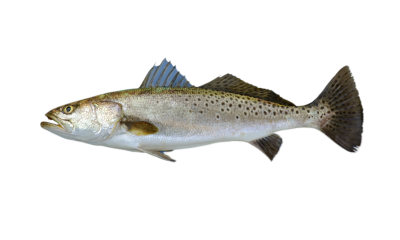
Speckled Trout (Spotted Seatrout)
My favorite Texas saltwater species because of their willingness to hit topwater lures. Nothing beats that surface explosion!
Though many anglers target them with live shrimp, aggressive presentations can trigger strikes from larger fish.

Flounder
The masters of camouflage. These flatfish require a different approach than the more aggressive species.
Look for them along channel edges during their fall migration for best results.
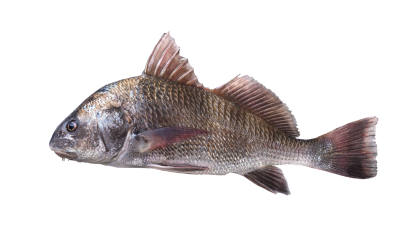
Black Drum
Often overlooked but incredible fighters. They primarily feed on crustaceans, making them perfect targets for natural baits like shrimp and crab.
Look for them around structure and deeper channels throughout the Texas coast.

Sheepshead
The bait stealers with human-like teeth. These structure-loving fish require patience and finesse to catch consistently.
Their subtle bites make them challenging but rewarding targets for experienced anglers.
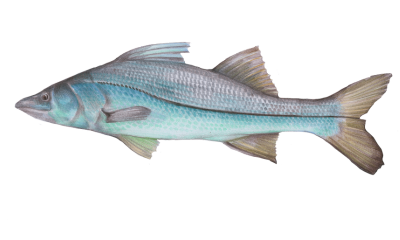
Snook
More common in the southern waters near South Padre Island. These ambush predators love structure and moving water.
Their explosive strikes and powerful runs make them a prized catch for Texas anglers.
Playing the Seasons: When to Catch What
If there’s one thing I’ve learned from years of driving ridiculous distances to fish Texas saltwater, it’s that timing is everything. What works in April might completely fail in August. I’ve had spectacular days and brutal skunkings in the exact same spots just months apart. Here’s what I’ve figured out, usually the hard way.
Spring (March-May): When Everything Wakes Up
For my money, spring is the absolute best time to fish Texas saltwater. As water temps crawl from the 60s into the 70s, it’s like somebody flips a switch and everything starts feeding. The fish move into shallower water after the winter deep freeze, making sight-casting opportunities more common.
My go-to spring pattern is targeting speckled trout around grass beds that sit near deeper channels. These transition zones become fish highways as water warms. The trout stack up to ambush bait moving between deep and shallow water, especially during the warming trend after a late-season cold front blows through.
One specific spring pattern I stumbled on completely by accident: fishing during the first major full moon in April. Was down at Baffin Bay two years ago during this moon phase and found redfish tailing in areas that were typically too shallow even for reds. The higher-than-normal tide had them pushing way up into areas that are normally dried-out mud flats. I waded quietly into position and caught four solid reds on gold spoons before my buddy Tommy even got his waders on. He still brings it up at family gatherings like I somehow planned it.
Something else about spring fishing – pay attention to the birds! Diving gulls and terns have led me to more fish in spring than any fishing app or solunar table. Last April, I followed a group of laughing gulls near Port O’Connor that led me to a massive school of feeding speckled trout. My son kept saying “Daddy, look at the birds! Look at the birds!” I was trying to rig his rod and kept saying “In a minute,” until I finally looked up and noticed the water churning under them. We caught fish on literally every cast for 45 minutes. Now Tommy points out every single bird and calls them “fish finders.”
Summer (June-August): Beating the Heat (and Sometimes Failing)
Ah, Texas summer. When stepping outside feels like walking into a sauna wearing a fur coat. Summer fishing brings real challenges – scorching temperatures that can hit 100°+ by 10am, occasional algae blooms that turn the water into pea soup, and fish that seem to develop lockjaw around midday.
I’ve learned (after many fruitless and sweaty trips) to fish either very early or very late during summer. I’m talking on the water while it’s still dark, with plans to be off by 10:30am at the latest. Then maybe go back out around 7pm until dark. The middle hours? That’s for air conditioning and naps.
The extreme heat pushes fish into two primary patterns: deeper water during the day to escape the heat, or ultra-shallow water very early and late when oxygen levels are higher. I’ve had days where the fishing absolutely shut down by 9AM, like somebody flipped a switch. Then it picks back up around sunset as if the fish were just waiting for the temperature to drop.
Summer of 2020, I stubbornly refused to adapt. Kept fishing through midday despite catching nothing after 9am for three straight days. My buddy James finally staged an intervention. “Adam, the fish aren’t here right now. They’re not on vacation – they’re just deeper. We’re the idiots sitting in 95-degree heat catching nothing.” He was right.
One reliable summer pattern I’ve found is targeting redfish around visible structure during outgoing tides. The falling water concentrates baitfish and creates predictable feeding stations. The jetties at Port Aransas are my go-to during summer afternoons (assuming there’s some water movement) – the deep water provides refuge while the structure creates feeding opportunities during tide changes.
August can be particularly brutal. Few years back I took a week off work, drove 14 hours to Port Mansfield for what was supposed to be “the trip of a lifetime” according to the fishing reports I’d been reading. Stubbornly stuck to my usual spots and techniques. Result? Four days of catching maybe 2-3 underwhelming fish per day in blazing heat.
Fall (September-November): Prime Time for Trophy Hunters
If I could only fish one season in Texas, it would be fall without question. The famous “bull red run” happens during this time as large breeding redfish move in from offshore to spawn. Water temps start dropping, baitfish get more active, and predator fish go on feeding binges to fatten up for winter.
My most productive pattern during fall is targeting the days immediately following a cold front passage. When that first significant cold front pushes through in October (usually dropping temps 15+ degrees overnight), it’s like ringing the dinner bell for every gamefish in the system.
October 17, 2022. I’ll never forget the date. Had been planning a Port Mansfield trip for months, and purely by dumb luck, arrived the day after a massive cold front rolled through. Temperature dropped from 88 to 59 degrees in less than 24 hours. The redfish were stacked up on a shallow flat adjacent to a deeper channel, absolutely gorging themselves on shrimp and finger mullet.
Left the dock at 6:45am, was on fish by 7:15, and I’m not exaggerating when I say we had double hookups for the next three hours. Landed eight reds over 25 inches, including my personal best 43-incher that took nearly 30 minutes to land. My forearms were shaking so bad afterward I could barely hold my sandwich at lunch. My buddy Paul, who had never caught a redfish before that day, landed a 39-incher that towed his kayak around for 15 minutes. He’s been insufferably hooked on redfish ever since.
For flounder, fall is THE time. Their annual migration toward the Gulf passes from October through December is legendary among Texas anglers. They stack up in predictable locations as they head offshore to spawn. I’ve had tremendous success targeting flounder around Bolivar Pass and Sabine Pass in November, particularly after a cold front when they really get moving.
The key was fishing the edges of channels with a slow-dragged soft plastic on a jighead. And when I say slow, I mean SLOW. Count to five between movements. Then wait. Then move it a foot. Then wait again. It’s mind-numbingly tedious until you feel that distinctive “thump” of a flounder inhaling your lure. Then it’s pure adrenaline.
There’s this little cut between two spoil islands near Sabine Pass – won’t give the exact location because the locals would hunt me down – but during November’s first real cold front, you can limit out on flounder there in under an hour if you know the technique. My personal best day was 10 flounder between 16-22 inches in about 90 minutes. Enough for several incredible dinners.
Winter (December-February): The Season Most Tourists Miss
Most visiting anglers skip winter fishing in Texas, which is their loss. Yes, it gets cold (by Texas standards anyway), and yes, the fishing gets more technical. But winter can produce some absolute giants, particularly trophy speckled trout. The crowds thin out, and the truly dedicated anglers have the water to themselves.
Winter fishing requires the most adjustment in approach. The fish typically move into deeper, more stable environments and become notably less aggressive. You won’t get as many bites, but when you do, it might be the fish of a lifetime.
I’ve found two reliable winter patterns that have saved many a trip:
- On those random winter days when the sun comes out and temps climb into the 60s, target shallow mud flats that warm up quickly. The dark bottom absorbs heat like a solar panel, creating micro-climates that can be 3-5 degrees warmer than surrounding areas. Two winters ago during a January warm spell, I found a mud flat in the Upper Laguna Madre that was reading 67 degrees when the main bay was 62. That 5-degree difference had redfish stacked up like cordwood. I caught and released 11 reds in 3 hours sight-casting from my kayak. Guy I passed in a fancy bay boat complained he hadn’t had a bite all day because he was fishing deeper water that hadn’t warmed up.
- During those brutal cold snaps when water temps plummet into the 50s, forget the shallows completely. Focus on deep channels, holes, and basins where fish stack up seeking temperature stability. My best winter trout ever – a genuine 29-inch monster that probably went 8+ pounds – came from a deep hole in Baffin Bay during a particularly nasty cold spell in January 2022. Water temp was 51 degrees, air temp about the same with a miserable drizzling rain. Was about to call it quits after three fishless hours when that giant inhaled my soft plastic worked painfully slow along the bottom of a 12-foot hole. Sometimes misery pays off.
Winter is also prime time for sheepshead around structure. Something about the cooler water seems to activate them, especially around jetties and bridge pilings. While everybody else is complaining about the cold or staying home, I’ve had 20+ sheepshead days around the Port Aransas jetties in January using live shrimp on a small hook. They’re not the glamour species of Texas saltwater, but man do they pull hard and taste amazing.
My neighbor Roger refuses to believe me about winter fishing. Every time I show him pictures of winter catches, he insists they’re old summer photos. “Nobody catches fish in Texas during winter,” he says with absolute certainty, despite having never tried it himself. His loss – more water for me and the few other anglers who know the secret.
Essential Gear for Texas Saltwater Fishing Success
Saltwater fishing requires specialized equipment that can handle harsh conditions. I’ve gone through phases of both over-gearing and under-gearing over the years.
Rods and Reels
For most Texas inshore fishing, a medium to medium-heavy spinning setup in the 7′ to 7’6″ range is ideal. I primarily use a 7’6″ medium-power, fast-action St. Croix Avid paired with a 3000-size Shimano Stradic. This setup handles everything from schoolie trout to decent-sized reds without being overkill.
For years, I used a cheaper combo that I thought was “good enough” until I borrowed a guide’s higher-end setup during a trip to Port Mansfield. The difference in sensitivity and casting distance was eye-opening. I immediately upgraded and have never regretted spending the extra money.
If you’re planning to target larger species like bull reds or jack crevalle, I’d recommend stepping up to a medium-heavy or heavy power rod with a 4000-size reel. My backup rod is a 7′ heavy Bull Bay with a Penn Battle III 4000 that’s landed some serious fish, including a 46″ bull red at the Packery Channel jetties.
Baitcasting setups definitely have their place, especially for more precise casts around structure. I use a 7′ medium-heavy Waterloo with a Shimano Curado for throwing heavier lures and when accuracy is critical, like working dock pilings or tight mangrove patches.
Line and Leaders
Line choice is critical in saltwater. After trying virtually every option on the market, I’ve settled on 15-20lb braided line as my main line for most applications. It provides superior casting distance, better hook-setting power, and doesn’t degrade in UV light like monofilament.
However, I always use a fluorocarbon leader, typically 20-30lb test depending on water clarity and target species. In the gin-clear waters of the lower coast, I’ll drop down to 15lb fluorocarbon for spooky fish. Around structure or when targeting larger species, I’ll bump up to 30-40lb.
One lesson I learned the hard way – always check your leader material for abrasions, especially after catching a fish or fishing around structure. I lost what would have been my personal best redfish at the Port Aransas jetties because I failed to check my leader after catching several smaller fish. The leader frayed on some barnacles and parted when the big red made its first run. Now I change leaders religiously every few fish or anytime I suspect contact with structure.
Lures and Baits
My tackle box has simplified considerably over the years. Rather than carrying every color and size imaginable, I’ve narrowed down to proven producers:
Soft Plastics: 4″ paddle tails in natural colors (pearl, bone, salt & pepper) for clear water and darker colors (red shad, pumpkinseed, black/chartreuse) for stained water. Down Eye jigheads in 1/8 to 1/4oz are my standard, stepping up to 3/8oz in deeper water or current.
Topwaters: Super Spook Jr. in bone, chrome, and chartreuse patterns. I’ve also had great success with smaller Skitter Walks and She Dogs, especially for speckled trout.
Weedless Spoons: Johnson Silver Minnows in gold and silver have accounted for countless redfish over the years, especially in grassy areas where other lures get fouled.
Live Bait: While I generally prefer artificial lures, live bait is sometimes the best option, especially for species like sheepshead and black drum. Live shrimp under a popping cork is deadly effective for trout and redfish, particularly when the bite is tough.
I remember a trip to Baffin Bay where I stubbornly threw artificial lures all morning without success while watching a nearby boat hammer trout on live shrimp. I finally swallowed my pride, bought some shrimp from a bait shop, and immediately started catching fish. Sometimes you have to adjust your approach based on what the fish want, not what you want to throw.
Navigation and Access Challenges
Texas bay systems present unique navigation challenges, particularly because of vast shallow areas. I learned this lesson the expensive way when I damaged a lower unit on my outboard in the Land Cut south of Baffin Bay. That $2,000 repair taught me respect for proper navigation.
Essential Safety and Navigation Considerations
Tide Awareness: Texas tides can vary dramatically and affect both fishing success and navigation. I use the Tides4Fishing forecasts religiously before planning any trip. What might be 3 feet of water in the morning could be 1 foot by afternoon.
Shallow Water Hazards: Many Texas bays have extremely shallow areas that can damage boats and motors. I always study updated nautical charts before visiting new areas and watch for signs of shallow water (different water color, ripples, exposed grass).
Weather Patterns: Gulf coast weather can change rapidly. I’ve been caught in sudden thunderstorms that developed seemingly out of nowhere. Always check the NOAA marine forecast before heading out.
In areas like the Laguna Madre, long stretches of extremely shallow water can leave you stranded if you don’t understand the system. I’ve seen countless boaters get stuck after leaving marked channels. In many cases, they weren’t familiar with reading the water.
I highly recommend first-timers to book a guide for their initial trips, not just for the fishing knowledge but to learn navigation. My first guide trip at Port Mansfield showed me routes and techniques that would have taken years to discover on my own.
Boat Ramps and Access Points
Knowing the best access points is crucial for Texas saltwater fishing. Here are some reliable options I’ve used:
Galveston Area:
- Texas City Dike offers easy access to Galveston Bay with a good ramp
- Teakwood Drive ramp in Hitchcock provides access to West Bay
- 61st Street ramp gives access to both Galveston Bay and nearshore Gulf waters
Matagorda Area:
- Matagorda Harbor has an excellent ramp with quick bay and Gulf access
- Sargent Beach’s public ramp offers good East Matagorda Bay access
Port O’Connor/Seadrift:
- Fishing Center ramp in Port O’Connor is my preferred launch point
- Charlie’s Bait Camp in Seadrift has a decent ramp with good San Antonio Bay access
Rockport/Aransas Pass:
- Cove Harbor in Rockport has multiple lanes and good protection
- Ransom Road ramp provides excellent access to Redfish Bay
Corpus Christi/Port Aransas:
- Billings ramp under the causeway is centrally located but can get crowded
- Packery Channel ramp offers good access to the Upper Laguna Madre
Lower Coast:
- Port Mansfield’s public ramp is well-maintained with direct access to some of the best fishing
- Adolph Thomae Park in Arroyo City has good lower Laguna Madre access
I once drove all the way from Michigan to Port Aransas with my boat, only to discover the main ramp was closed for dredging. Now I always call ahead or check Texas coastal access updates before making long trips.
Wade Fishing Strategies for Texas Saltwater
Some of my most memorable Texas fishing experiences have come while wading. There’s something visceral about being in the water with the fish that you just don’t get from a boat.
Essential Wade Fishing Tips
Safety First: I always wear proper footwear (either dedicated wade boots or old tennis shoes) to protect against stingrays, oyster shells, and other hazards. After seeing a fellow angler get hit by a stingray near Port O’Connor, I religiously shuffle my feet when wading.
Travel Light: When wading, I carry only essential gear in a wade fishing belt or small pack. Typically this includes a few select lures, extra leader material, pliers, and maybe a small water bottle.
Read the Water: Look for signs of fish activity – nervous bait, slicks (areas of smooth water with a distinctive watermelon smell), diving birds, or visible structure like potholes in grass flats.
Move Slowly: Stealth is critical when wade fishing. I’ve seen countless anglers rush into productive areas and spook every fish in the vicinity. My rule is to take one step, then make several casts before moving again.
Prime Wade Fishing Locations
Shamrock Cove (Corpus Christi): This protected area has a firm sand bottom and holds excellent numbers of trout and redfish. The wade from shore to the outer grass line is manageable and productive.
Nine Mile Hole (Baffin Bay): A legendary wade fishing spot with a hard sand bottom surrounded by softer mud. Getting there requires a boat, but once anchored up, the wade fishing can be extraordinary.
South Bay (South Padre Island): This shallow bay on the southern end of the Laguna Madre offers crystal clear water and firm bottom in many areas. It’s one of my favorite places to sight cast to redfish.
I had an incredible experience wade fishing near Lighthouse Lakes in Aransas Pass a few years back. I spotted a massive school of redfish while kayaking, beached the kayak, and spent three hours wading and sight-casting to feeding fish. I landed seven reds between 24-32 inches, including one that pulled me nearly a quarter-mile during the fight.
Texas Saltwater Fishing Etiquette and Conservation
Conservation shouldn’t be an afterthought – it’s essential for maintaining healthy fisheries for future generations. Texas has some of the best fisheries management in the country, but it requires angler participation.
Catch and Release Best Practices
While I certainly keep fish for the table sometimes, I practice careful catch and release for most of my catch, especially larger specimens. Here’s what I’ve learned works best:
- Use circle hooks when possible, especially with live bait
- Keep fish in the water as much as possible
- Wet hands before handling fish to protect their slime coat
- Support larger fish horizontally rather than holding them vertically
- Revive tired fish before release by moving them gently forward in the water
I’ve seen too many anglers roughly handle fish they intend to release, or leave them on hot boat decks for extended periods. This significantly reduces survival rates. I keep a large, aerated livewell on my boat specifically for reviving fish before release.
Respecting Other Anglers
Texas waters get crowded, especially in popular areas and during peak seasons. Some basic etiquette goes a long way:
- Don’t crowd other anglers, particularly wade fishermen
- Maintain distance from boats that are actively fishing a spot
- When running, give wade fishermen and anchored boats a wide berth
- Never cut off another boat’s drift line
- If you see someone hooked up, don’t race over to that exact spot
I once had a great redfish bite going along a shoreline when another boat came racing in and set up shop 30 yards ahead of my drift. Not only did this kill my bite, but it ruined what had been a peaceful morning. Don’t be that person.
Special Regulations and Protected Areas
Texas has several areas with special regulations that anglers should know about:
- Redfish Bay State Scientific Area: This area has a no-uprooting-seagrass regulation, meaning you must lift your motor or use a trolling motor in shallow grass areas.
- Community Fishing Holes: Some areas have special size or bag limits.
- Seasonal Closures: Certain areas may be temporarily closed for spawning aggregations or habitat recovery.
I’ve found that understanding and respecting these regulations not only keeps you legal but often leads to better fishing. The areas with stricter conservation measures frequently produce larger, healthier fish.
Hiring Guides: When and Why It’s Worth It
Hiring a fishing guide in an unfamiliar area can dramatically accelerate your learning curve. I was stubborn about this for years, thinking I could figure it out on my own. After finally booking a guide in Port Mansfield, I learned more in one day than I had in my previous three trips combined.
When to Consider a Guide
- First time fishing a particular bay system
- Targeting a species you’re unfamiliar with
- Limited time and wanting to maximize opportunity
- Learning new techniques (fly fishing, sight casting, etc.)
The knowledge transfer alone is worth the price of admission. Most guides are happy to explain their approach, seasonal patterns, and how they locate fish. Just be sure to come with questions and pay attention.
My guide in Baffin Bay, Captain Aubrey Black, completely changed how I fish for big trout. His techniques for locating trophy fish in winter were eye-opening, and I’ve applied those lessons successfully for years afterward.
A good middle ground is to hire a guide for your first day in a new area, then apply what you’ve learned on your own for the rest of your trip. This approach has served me well across the Texas coast.
Some guides I’ve had excellent experiences with include:
- Captain Sally Black – Baffin Bay/Upper Laguna Madre (specializes in trophy trout)
- Captain Ernest Cisneros – Lower Laguna Madre (sight casting guru)
- Captain Scott Null – Galveston/Trinity Bay (redfish expert)
FAQ About Texas Saltwater Fishing
What license do I need for Texas saltwater fishing?
You’ll need a Texas fishing license with a saltwater endorsement. For residents, this costs around $40 for the year, while non-residents will pay about $63. One-day licenses are also available.
What’s the best time of year for Texas saltwater fishing?
While you can catch fish year-round, fall (September-November) typically offers the most consistent action. Water temperatures are moderate, weather patterns tend to stabilize, and many species are actively feeding before winter. That said, spring can be excellent for big trout, and winter often produces trophy specimens for those willing to brave cooler conditions.
Can I fish the Texas coast without a boat?
Absolutely! Wade fishing, pier fishing, and shore fishing all offer excellent opportunities. Popular locations include Bob Hall Pier in Corpus Christi, Galveston’s piers and jetties, and the surf along Padre Island National Seashore. For wade fishing, areas like Shamrock Cove near Corpus Christi and the flats near Port Aransas offer good shore access.
What are the limits for popular species?
Regulations change periodically, so always check the current limits, but as of my last update:
– Redfish: 3 per day, 20-28 inches (with one oversize tag)
– Speckled Trout: 5 per day, 15-25 inches (with one oversize)
– Flounder: 5 per day, 15-inch minimum
– Black Drum: 5 per day, 14-30 inches (with one oversize)
– Sheepshead: 5 per day, 15-inch minimum
How do tide changes affect Texas saltwater fishing?
Tidal movement is crucial. Generally, moving water (either incoming or outgoing) creates feeding opportunities as bait is pushed through the system. I’ve had my best success during the middle periods of tidal movement rather than at slack tide or extreme highs/lows. Areas near passes and cuts tend to fish best during strong tidal movements.
Final Thoughts on Texas Saltwater Fishing
After years of exploring the Texas coast, I’m still humbled by how much there is to learn. Each bay system has its own personality, each species its own habits, and conditions can change dramatically with weather, season, and even time of day.
The greatest lesson I’ve learned is patience and adaptability. Some of my most frustrating days turned around completely when I was willing to abandon my original plan and adjust to what the fish were doing rather than what I wanted them to do.
My advice to anyone heading to the Texas coast is simple: prepare as best you can, but be ready to scrap those plans and start fresh if conditions dictate. Pack plenty of sunscreen (I learned that one the hard way), stay hydrated, and take a moment to appreciate the incredible ecology around you, even on slower fishing days.
Whether you’re chasing bull reds along the jetties, sight-casting to tailing redfish on the flats, or working deep structure for trophy trout, Texas offers saltwater fishing opportunities that rival any destination in the world. Just be prepared for some humbling experiences along the way – the learning curve never really ends, and that’s what keeps me coming back.

Meet Adam Hawthorne
I’m a lifelong fishing enthusiast who’s spent years exploring rivers, lakes, and oceans with a rod in hand. At Fishing Titan, I share hands-on tips, honest gear reviews, and everything I’ve learned about fish and ocean life, so you can fish smarter and enjoy every cast.
Share:

Meet Adam Hawthorne
I’m a lifelong fishing enthusiast who’s spent years exploring rivers, lakes, and oceans with a rod in hand. At Fishing Titan, I share hands-on tips, honest gear reviews, and everything I’ve learned about fish and ocean life, so you can fish smarter and enjoy every cast.
Related Articles
-
Pennsylvania Fishing License: Complete Guide for Anglers in 2025
Getting your Pennsylvania fishing license sorted isn’t exactly the most exciting part of fishing, but it’s absolutely necessary if you want to stay on the…
-
Texas Fishing License Guide: 2025 Costs & Requirements
I still remember the day a Texas game warden approached me on Lake Texoma while I was reeling in a decent-sized striper. He asked for…
-
How to Fish for Salmon in 2025: Expert Tips and Techniques
Few fishing experiences match the thrill of feeling a salmon take your line. These powerful fish have captivated anglers for generations, and with good reason….
-
Pearl Gourami
The Pearl Gourami stands as one of the most recognizable and ecologically significant members of the labyrinth fish family, captivating aquarists and marine biologists alike…
Fish Species
-
Tuxedo Platy
The Tuxedo Platy (Xiphophorus maculatus) stands as one of the most recognizable and beloved freshwater aquarium fish species, distinguished by its striking black and white…
-
Gold Dust Molly
The Gold Dust Molly (*Poecilia sphenops*) represents one of the most popular and visually striking freshwater aquarium fish available to enthusiasts worldwide. This vibrant livebearing…
-
Porbeagle Shark
The Porbeagle Shark (*Lamna nasus*) stands as one of the most fascinating and ecologically significant predators in the North Atlantic and North Pacific oceans. This…
-
Bigeye Thresher Shark
The Bigeye Thresher Shark represents one of the ocean’s most extraordinary predators, distinguished by its dramatically elongated tail fin that can extend up to half…
